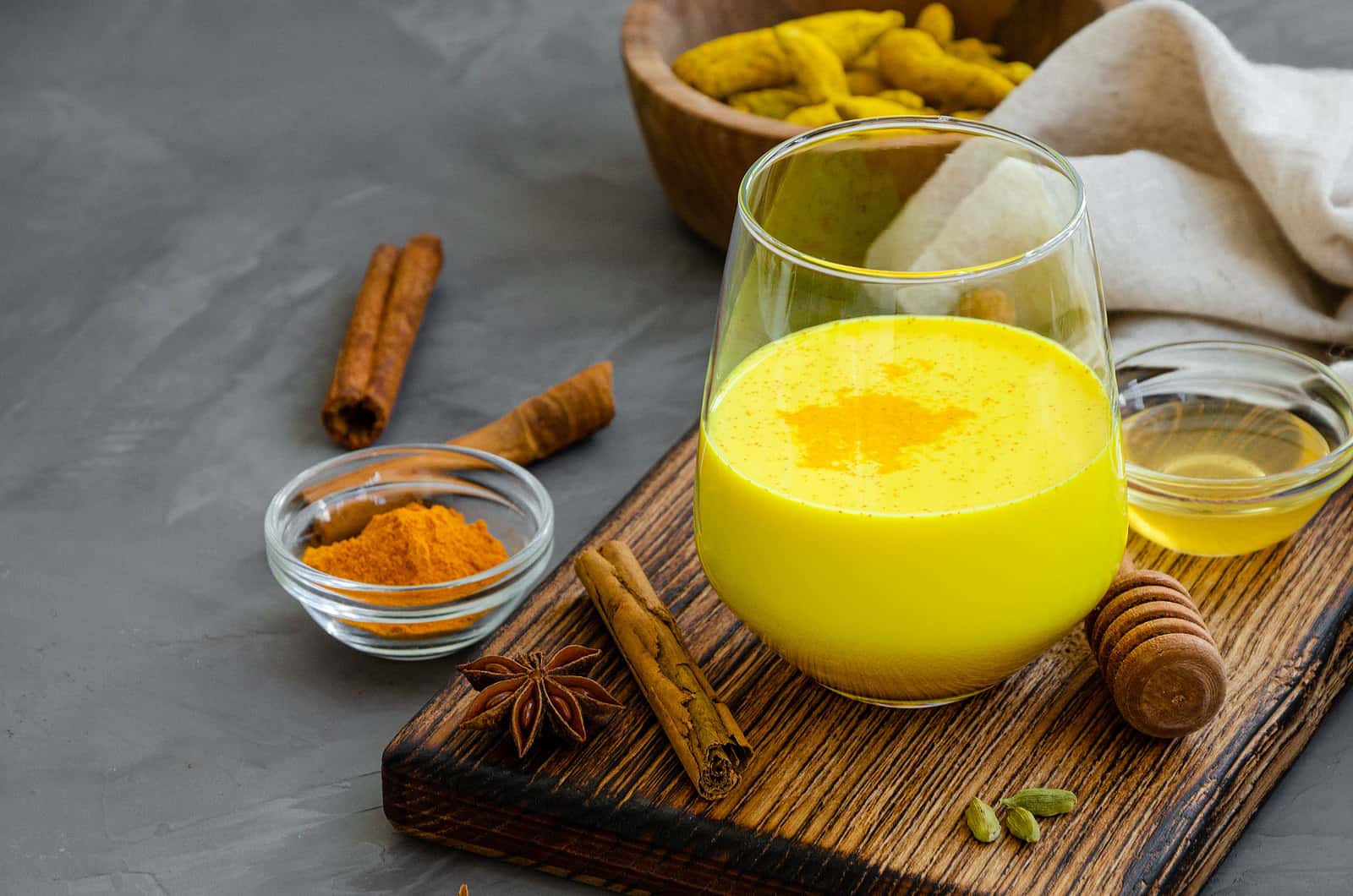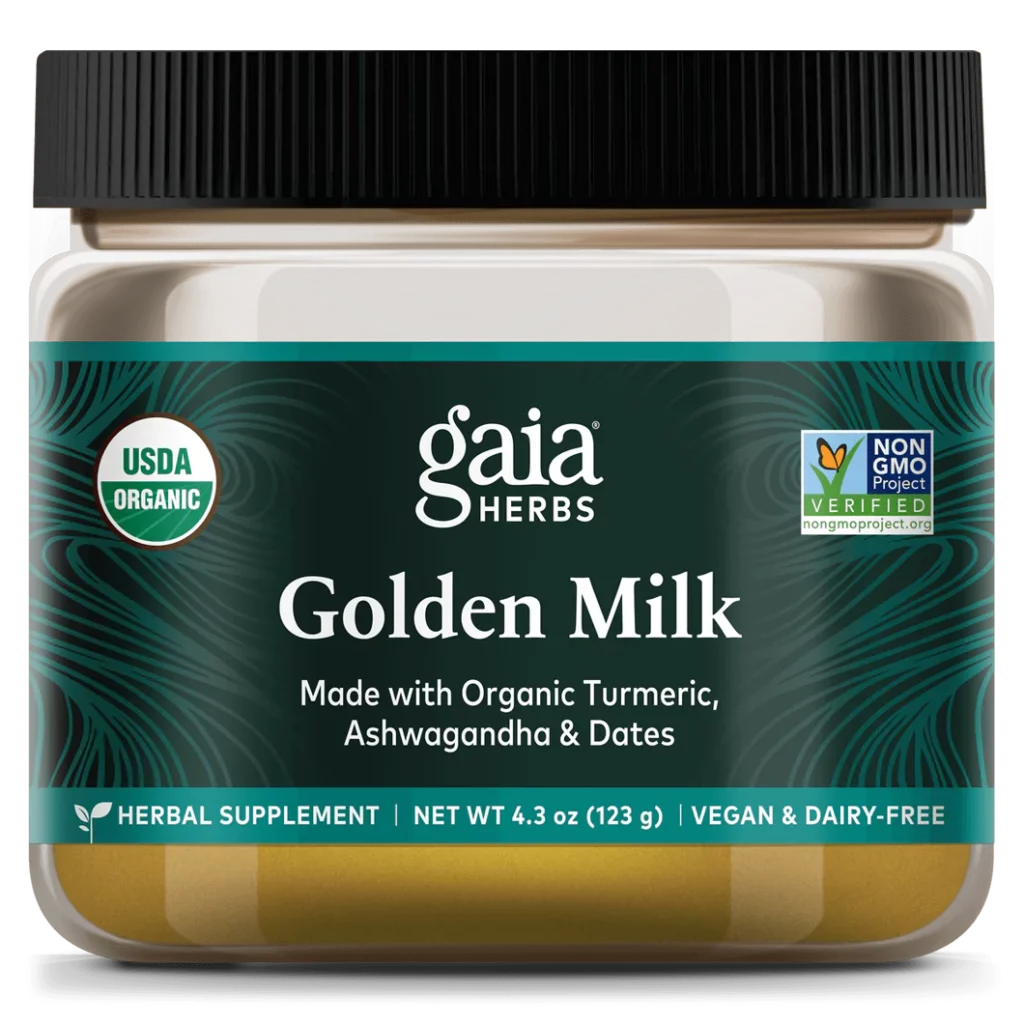
If you have ever had to endure hip bursitis pain, you can appreciate the problem. One reader found turmeric milk mixed with cinnamon and cayenne pepper can be used for a remedy that was surprisingly effective. Others would like the recipe!
What Can You Do for Hip Bursitis Pain?
Q. I had an excruciating bout with hip bursitis last year. The doctor tried every pain med he could. Nothing touched the pain. I could not lie, sit or walk, and I was miserable!
After many ER visits and walk-in clinic visits, the university pain clinic finally gave me an injection. That was the only thing that helped. I walked out of the clinic, but the relief only lasted a short while.
When it returned, I boiled fresh turmeric with almond milk, cinnamon and cayenne pepper. Within 48 hours of drinking it, I felt some relief. At least I could sit on the toilet without pain. After three to four days I could get around the house without pain or the walker. After ten days on this drink, I had no hip bursitis pain for a year.
Then I got lazy and stopped drinking it. Twelve months later, the pain returned.
A week ago, I made another batch of curcumin milk and started drinking it. Now the pain is gone again. This beverage sure beats strong medications, so I keep the formula on my fridge. (Also, my blood sugar is better when I drink it.)
How Could Turmeric Milk Ease Hip Bursitis Pain?
A. Turmeric is the yellow spice that gives curry its distinctive color. Its active ingredient, curcumin, has anti-inflammatory properties. One study found that curcumin with or without Boswellia was effective in treating joint pain due to arthritis (BMC Complementary and Alternative Medicine, Jan. 9, 2018). Although hip bursitis is distinct from arthritis, both cause substantial pain and inflammation.
Turmeric has also been used in traditional Chinese medicine and Ayurvedic medicine to treat symptoms of diabetes. There is some evidence that this compound and its metabolites can improve insulin sensitivity (Journal of Ethnopharmacology, Sept. 15, 2020).
Side Effects of Turmeric:
We don’t want to give the impression that turmeric is free of side effects. It may cause digestive distress (Phytotherapy Research, June 2018). In addition, some people develop a very unpleasant rash when they take it.
Even more serious, however, is the possibility of a calamitous interaction. We have received several reports that turmeric in combination with warfarin can raise the INR to dangerous levels. The INR, or International Normalized Ratio, is a way of calibrating how much anticoagulant effect warfarin has. An elevated INR could mean a person is at risk of hemorrhage. We advise people taking warfarin not to use turmeric.
Curcumin for Faster Muscle Recovery:
When people, especially elite athletes, exercise vigorously, they may damage muscle tissue. This can lead to pain and loss of strength in the affected muscles. It can take time for the inflammation to ease and for the muscles to recover.
A systematic review has found that athletes taking curcumin, the active ingredient in turmeric, recovered more quickly (Journal of the International Society of Sports Nutrition, Dec. 2024). Investigators included studies that featured either pre- or post-exercise curcumin consumption. Studies demonstrated better muscle recovery compared to placebo among people taking one to four grams of curcumin after exercise.
The researchers conclude that
“curcumin demonstrates a significant potential to relieve muscle-related symptoms…It also appears to have the capability to lower biomarkers associated with inflammation and boost antioxidant levels.”
They caution, however, that the poor bioavailability of the compound requires more study.
What Is Turmeric Milk?
Q. Is there such a thing as “turmeric milk”? I have a friend who says it has been helpful to ease arthritic stiffness, pain and inflammation. How much do you use and what kind of milk do you mix it in? Can you use non-dairy “milk”?
A. Turmeric milk, also called golden milk, is a time-honored remedy from the Ayurvedic tradition. Readers who grew up in India or whose families came from that part of the world have often told us that they use turmeric milk to calm coughs as well as for joint or muscle pain.
Recipes for Turmeric Milk May Vary:
You can use regular milk or a plant-based milk substitute. It should have a least a little fat in it, as the turmeric will be absorbed better. There are various recipes, but a ratio of 1 teaspoon turmeric to 8 ounces of warm milk is a good start. A pinch of black pepper (to aid absorption) and honey to taste are common additions.
You will find detailed instructions on this remedy, along with recipes for turmeric avocado toast and turmeric scramble in our book, Spice Up Your Health: How Everyday Kitchen Herbs & Spices Can Lengthen & Strengthen Your Life. If your public library does not have a copy, you can find it in our store.
Turmeric is the yellow spice in curry and is generally safe. However, some people are allergic to it and may develop rashes. They should avoid it. So should individuals on anticoagulant medications, as we have received reports that it may interact with warfarin.
Reader Begs for Recipe:
Readers have requested the recipe for turmeric milk. Here’s one example.
Q. I was fascinated with the story of turmeric milk for hip bursitis pain. I’d like to try it, but I need more information. What are the proportions of almond milk, turmeric, cinnamon and cayenne pepper?
A. The reader did not specify the proportions. However, we have a traditional recipe for turmeric milk in our book, Spice Up Your Health:
- 8 ounces of milk (dairy or non-dairy, preferably not skim)
- 1 teaspoon powdered turmeric
- 1 teaspoon honey
- Pinch black pepper
Bring the milk to the simmer. Stir the spices and honey into a tablespoon of unheated milk in a mug that will hold the hot milk too. Add it and stir thoroughly.
The reader above left out the honey and added cinnamon and cayenne. The most likely proportions would be 1/2 teaspoon cinnamon and about 1/8 tsp cayenne, but you may need to adjust the cayenne to your taste. You might also consider adding 1/4 tsp powdered ginger, another anti-inflammatory spice.
Golden Milk:
If calculating all these dosages is daunting, you might want to try Golden Milk from Gaia Herbs. One teaspoon in six to eight ounces of warm milk offers a low-calorie, high-potency beverage that is not too sweet. It contains organic turmeric, dates, cardamom and ashwagandha, along with vanilla bean and a pinch of black pepper. We have confidence in the quality of herbal products from Gaia Herbs, and we hope their golden milk will help your hip bursitis pain or other joint inflammation.
What’s the Story on Turmeric?
Turmeric is the spice that makes curry yellow. It is also found in yellow mustard. This spice has been used in traditional Ayurvedic medicine for centuries, perhaps due to its anti-inflammatory activity (Pharmacological Research, May 25, 2020).
Don’t forget: people taking anticoagulants should not use turmeric milk, even for hip bursitis pain. It might increase the risk of bleeding. In addition, some people may develop an allergic rash from turmeric.
Learn More:
If you would like to learn more about the healing properties of turmeric and many other spices and herbs, you may wish to read our book, Spice Up Your Health: How Everyday Kitchen Herbs & Spices Can Lengthen & Strengthen Your Life.
Citations
- Haroyan A et al, "Efficacy and safety of curcumin and its combination with boswellic acid in osteoarthritis: A comparative, randomized, double-blind, placebo-controlled study." BMC Complementary and Alternative Medicine, Jan. 9, 2018. DOI: 10.1186/s12906-017-2062-z
- Li P et al, "Curcumin metabolites contribute to the effect of curcumin on ameliorating insulin sensitivity in high-glucose-induced insulin-resistant HepG2 cells." Journal of Ethnopharmacology, Sept. 15, 2020. DOI: 10.1016/j.jep.2020.113015
- Soleimani V et al, "Turmeric (Curcuma longa) and its major constituent (curcumin) as nontoxic and safe substances: Review." Phytotherapy Research, June 2018. DOI: 10.1002/ptr.6054
- Popescu-Radu DV et al, "Evaluation of curcumin intake in reducing exercise-induced muscle damage in athletes: a systematic review." Journal of the International Society of Sports Nutrition, Dec. 2024. DOI: 10.1080/15502783.2024.2434217
- Hasanzadeh S et al, "Curcumin: an inflammasome silencer." Pharmacological Research, May 25, 2020. DOI: 10.1016/j.phrs.2020.104921


